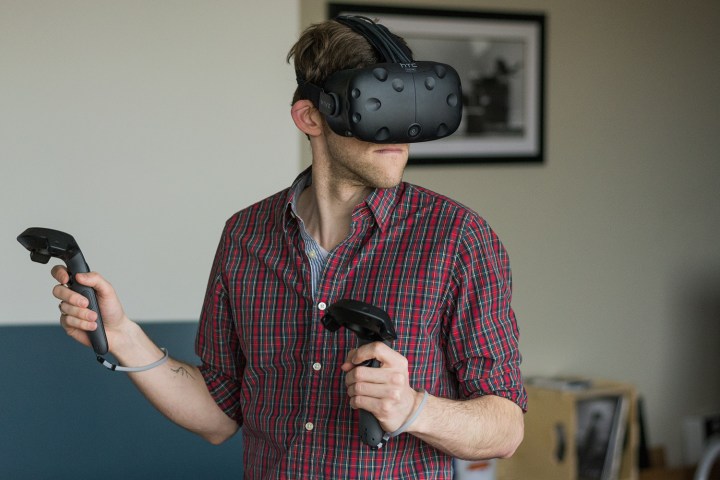
During a recent interview with ADWeek, Getty Images CMO Susan Smith Ellis revealed that the company is getting into VR in a big way — and is creating a massive library of virtual reality scenes which can be licensed by publishers, advertisers, and artists. Called the Getty Images Virtual Reality Group, the division has already amassed more than 12,000 360-degree selections, while Getty notes that it now equips all of its official photographers with VR-ready cameras as standard.
“We are not surprised that Getty Images [is] embracing 360-degree photography,” Anthony Geffen, CEO of the award-winning Atlantic Productions, whose virtual reality arm Alchemy VR regularly works with the technology, tells Digital Trends. “We feel that it’s a good way for Getty to diversify their offering to reflect innovations in moving-image technology.”
Geffen says that his company has seen a “marked increase in demand for 360 footage” recently, which he believes is “due to the increased availability of 360 compatible technology and VR headsets to the mass market.”
The sentiment was echoed by Alex Mahon, CEO at The Foundry, the cutting-edge creative software company which regularly works in both movies and TV and has offices in Los Angeles, London and Silicon Valley. “We have seen a serious interest from clients and early-adopting professionals in 360 footage and stills,” Mahon tells Digital Trends. “I foresee that 360 degree-images will become the standard for a certain sector of the market over the next years; just as our de facto standard for consumers after being trained on Google Maps is now to assume we can access [Google] Street View-like images.”
With that kind of enthusiasm, it’s no wonder that Getty Images would be keen to fill the niche of providing companies with ready-made VR footage. That’s not stopping it from shooting bespoke 360-degree assignments for companies, either. While Getty won’t share all of its publisher partners, it has already created VR custom work for both Google Expeditions and the popular toy brand Mattel.
Sounds like it’s onto a good thing!

